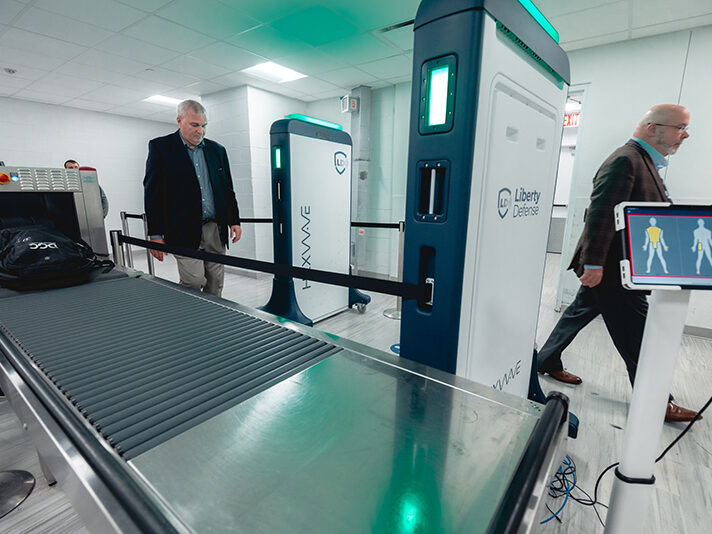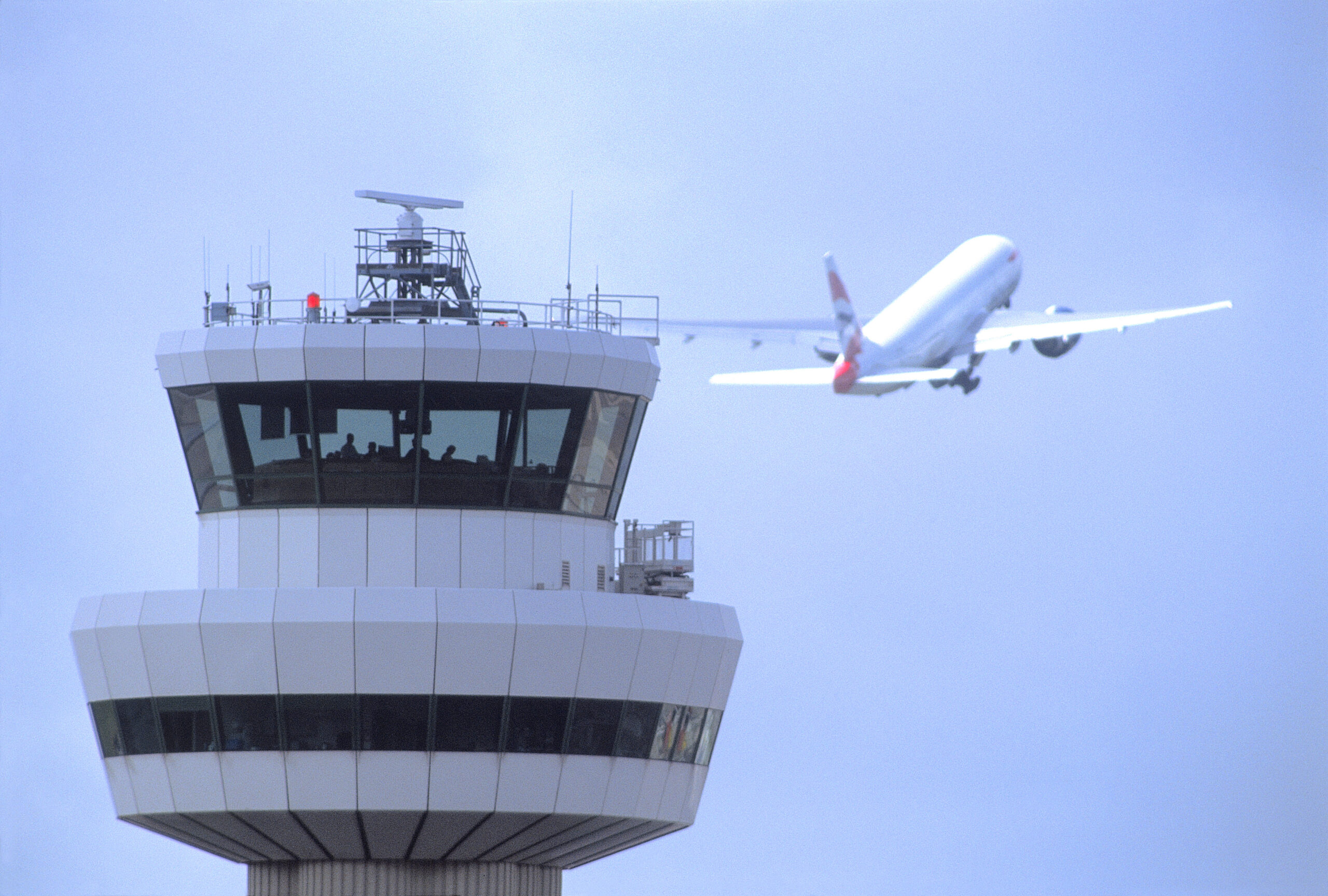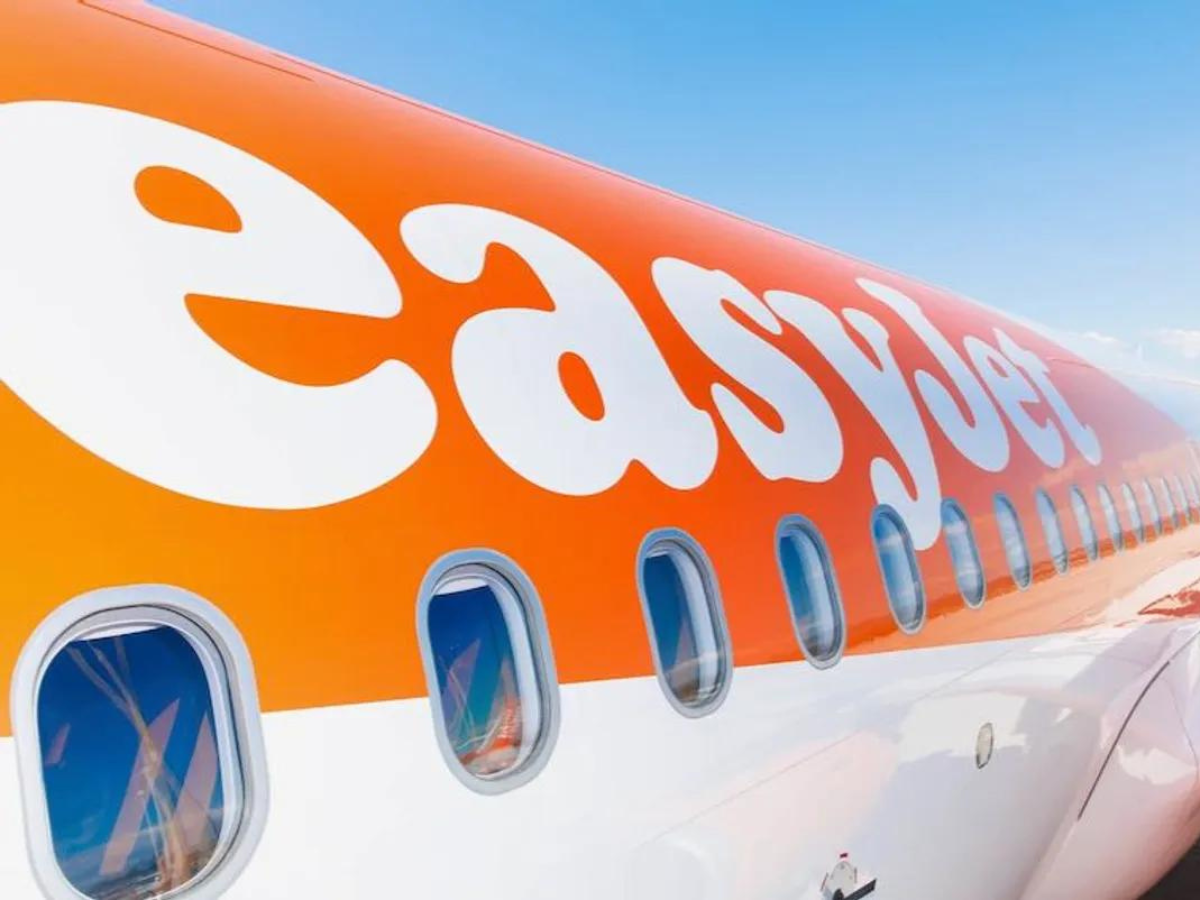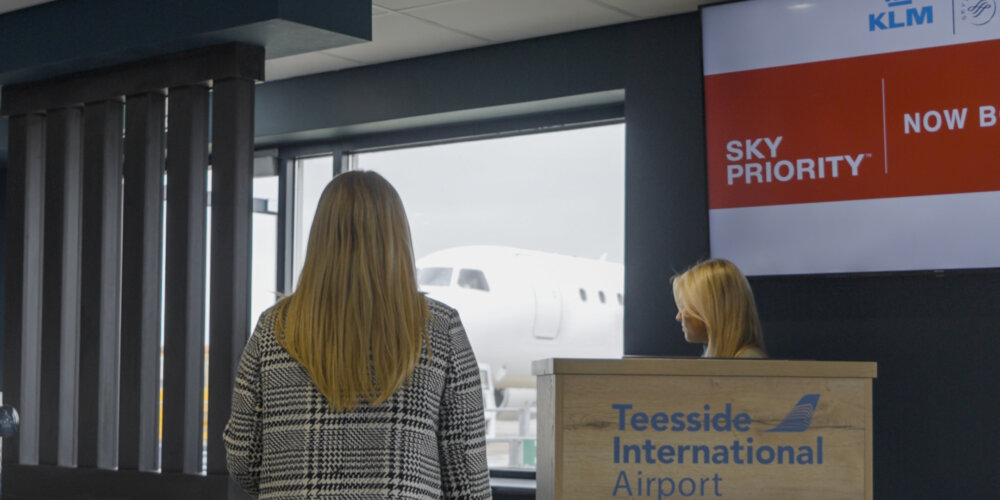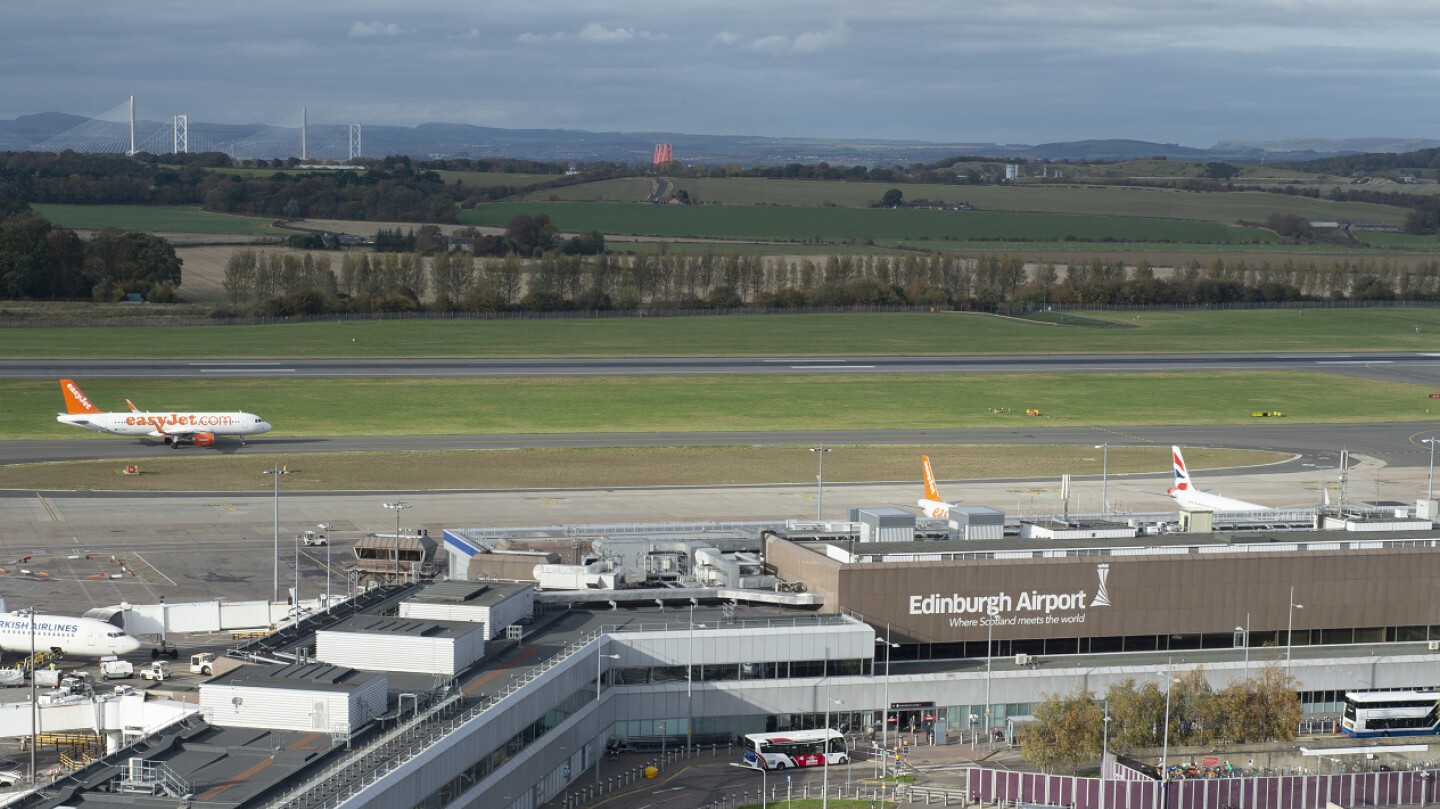To enhance security and streamline passenger processing, airports across the globe are implementing advanced computed tomography (CT) scanning technology at security checkpoints.
In December 2022, the UK government set a deadline for all major UK airports to transition to this technology by June 2024. However, several major airports have now announced that they will be unable to meet the deadline and have been granted extensions.
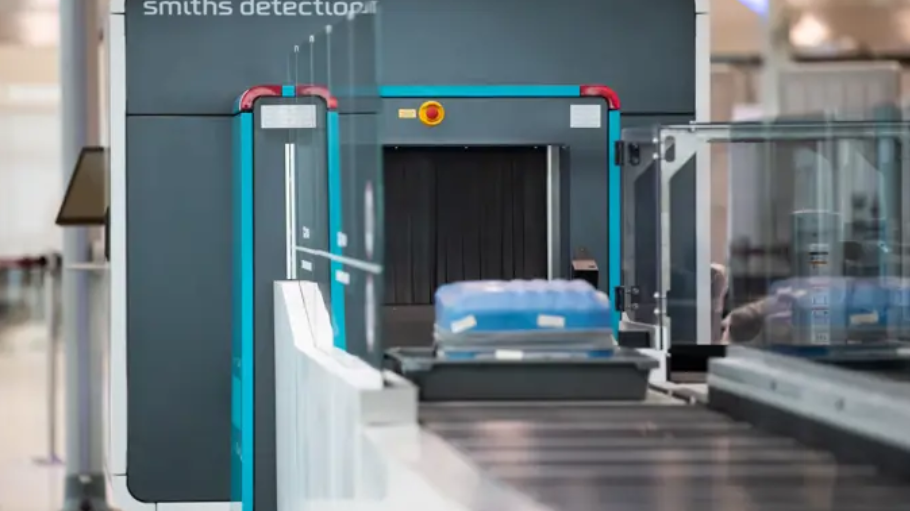
Over the years, airport security measures have evolved in response to emerging threats and technological advancements. The standard X-ray machines commonly used for carry-on luggage screening provide an effective but time-consuming method for ensuring safety. During busy periods, this can lead to delays and inconvenience for travellers.
In contrast, CT scanning technology offers a more comprehensive and efficient approach, enabling authorities to detect prohibited items with greater accuracy and speed while imposing less inconvenience on passengers.
CT Scanning Technology
Computed tomography, commonly known as CT scanning, is a sophisticated imaging technique that uses X-rays to create detailed cross-sectional images of objects. It generates highly detailed 3D images of carry-on luggage and other items, allowing security personnel to inspect them more thoroughly.
Unlike conventional X-ray machines, which produce 2D images, CT scanners provide a more detailed view of the contents of bags. This enables operators to identify potential threats with greater precision, including explosives, weapons and other dangerous materials while minimising false alarms and unnecessary bag checks.
What’s more, their rollout removes requirements for passengers to have to take large electronic items and liquids from their cabin baggage when passing through security. In the UK, the transition to CT scanners will also see the 100ml liquid limit in hand luggage extended to 2 litres.
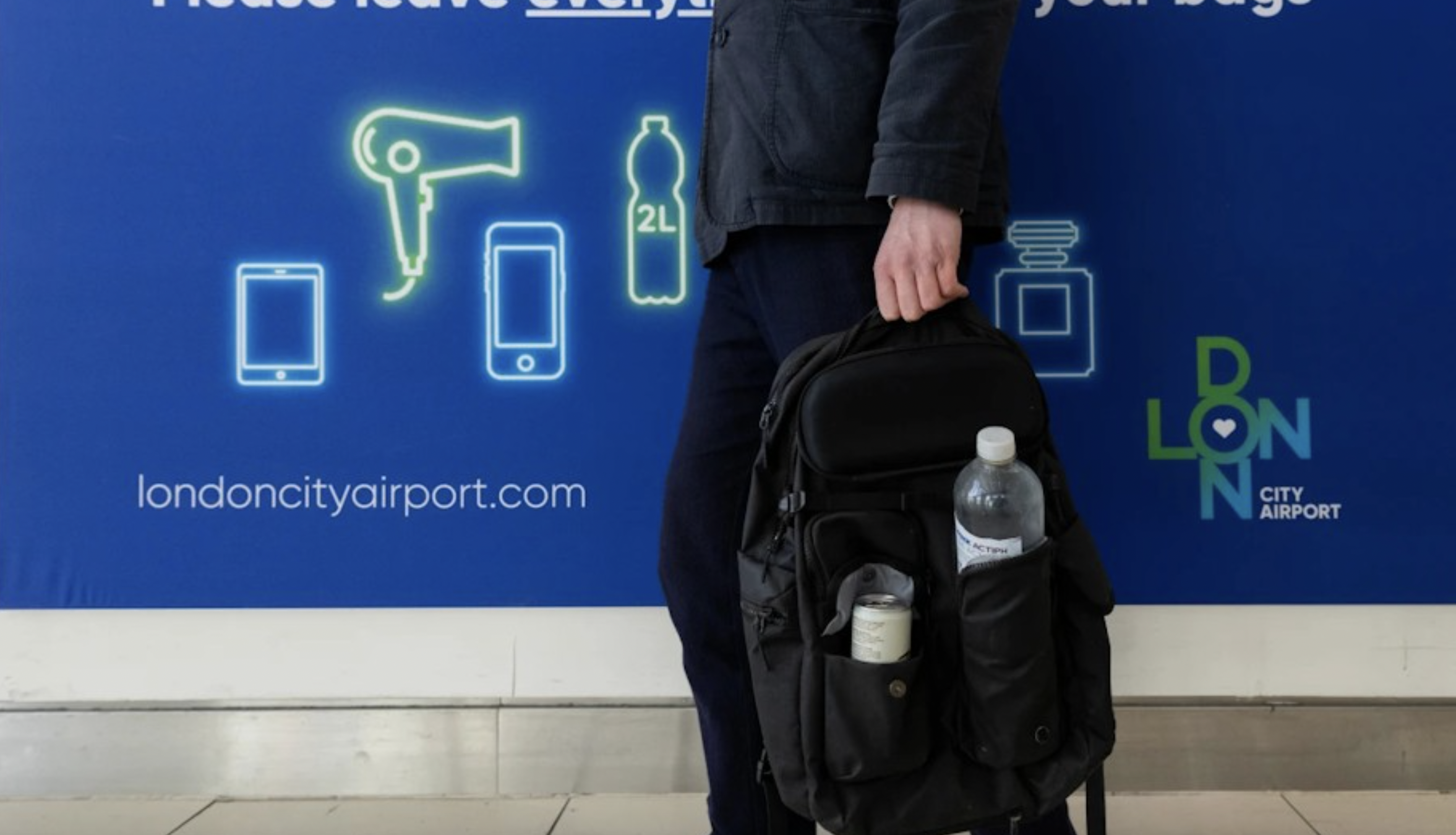
UK Rollout
In 2017, London Heathrow (LHR) became the first UK airport to initiate a trial programme for CT scanners in collaboration with the Department for Transport (DfT). Following the government’s mandate for UK airports to transition fully to this technology, Teesside International Airport (MME) became the first UK airport to complete this switch, operating with two CT scanners from January 2023. In April 2023, London City Airport (LCY) became the first major UK airport to follow suit.
One year on from this transition, LCY recently reported a 50 percent reduction in average passenger queue times at security thanks to the streamlined process.
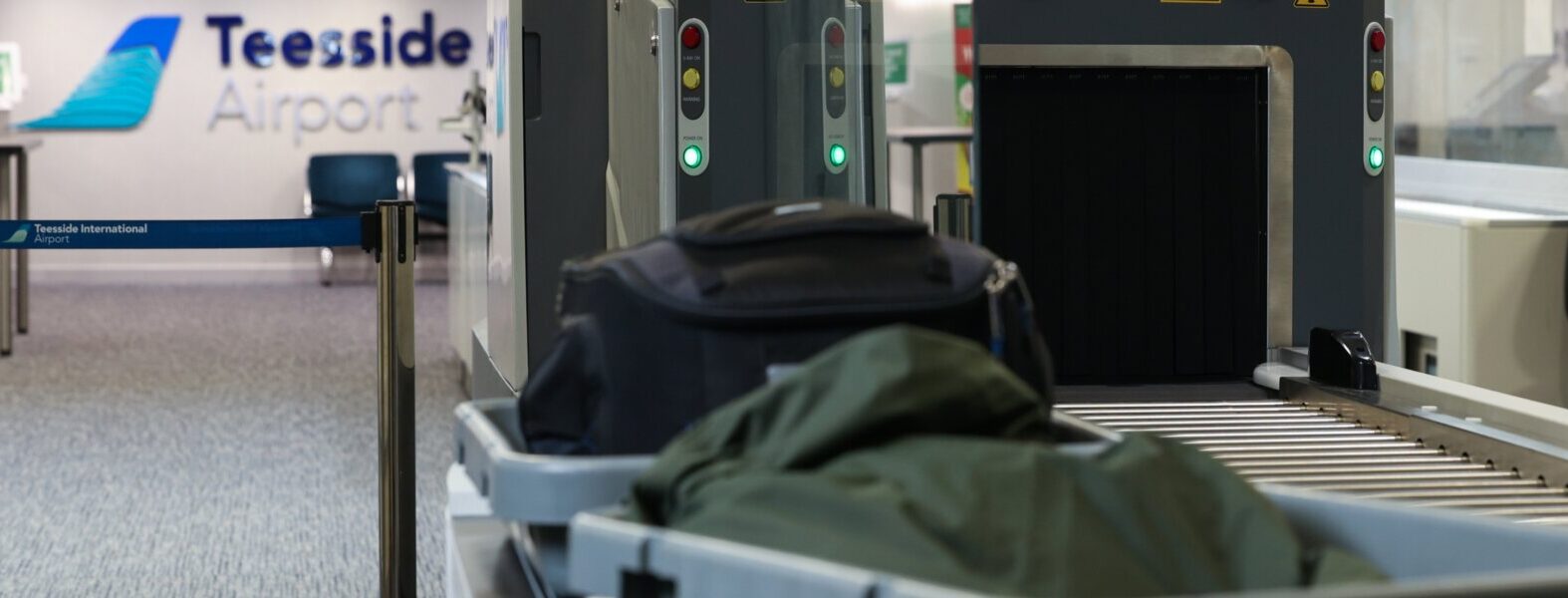
However, several larger UK airports are not on track to complete this transition in time for the June 2024 mandate. This includes London Heathrow, London Gatwick (LGW), London Stansted (STN), East Midlands (EMA) and Manchester (MAN) airports.
These delays are partly attributed to global supply chain issues following the pandemic. Meanwhile, the new equipment also presented a logistical challenge for some busy airports. As a result, airports have had to undertake significant construction work or build new screening halls to accommodate the equipment, which is larger and heavier than the scanners that are being replaced. For example, Manchester Airport is constructing an additional security hall to accommodate the new technology as part of its Terminal 2 expansion programme.
In consideration of these challenges, select UK airports have been granted extensions for up to a year on a case-by-case basis. Airports that fail to meet the extended deadlines will face serious financial penalties.
Despite this setback, the UK remains at the forefront of the transition, with no other European country matching the scope and scale of its rollout. Be this as it may, with airports now introducing the technology at differing rates, passengers are being advised to check specific security requirements at their airport before travelling.



